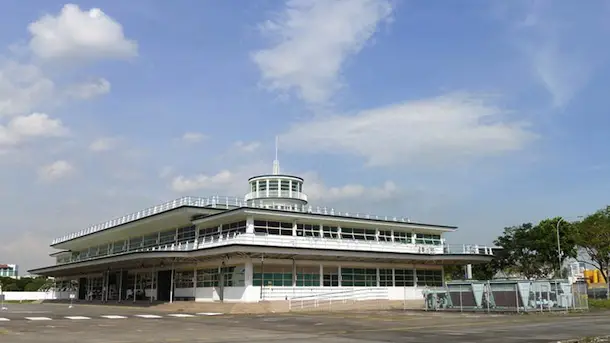If you’ve walked through Covent Garden, Southbank or Oxford Street recently, the chances are you will have stumbled across the funky new Legible London pedestrian signs installed by Transport for London (TfL). These sleek, stylish ‘monoliths’ have been sprouting up all over the capital during the last year.
Each monolith is strategically placed and has:
- An easy-to-read map that is orientated to the users point of view;
- 5 and 15 minute walking distances;
- 3D drawings of key shops and buildings in the area.
Changing Londoners mental maps
The thinking behind the new system is to encourage more people to walk around London instead of driving or using already overcrowded public transport. By catching people at key decision points – such as tube stations – and providing them with the right information on walking times and local attractions, it is hoped that they will choose to walk.
According to TfL, information really is key in achieving modal shift. Research found that most Londoners mental map of London is based on the tube map which is geographically distorted and can be very misleading. For instance there are over 100 connections on the underground where its quicker to walk than take the tube! Legible London maps will often show users that their destination is closer and more walkable than they think.
A city of villages
To provide Londoners with a coherent wayfinding system, the Legible London designers have broken the city down into three key spatial hierarchies:
- Areas: ‘broad areas of the city’ such as the West End;
- Villages: ‘commonly used names’ which Londoners use to quickly connect one part of the city to another;
- Neighbourhoods: there are several neighbourhoods in each village.
TfL believe that this process of breaking places down, helps pedestrians to explore and find their way around the city:
As you become more familiar with a particular place, the more you can keep sub-dividing it into smaller, linked pieces, creating a more detailed mental map.
Wayfinding = more walking

The Legible London wayfinding system is a step change from the usual ‘clunky’, oversized and traffic-orientated pedestrian signage that we’ve been used to in UK. TfL have achieved this by investing significantly in the idea and not being afraid to bring in brand marketing, graphic designers and geographers rather than engineers.
But the key question is: does it get more people walking? Research following the prototype system in Bond Street found that on average, walking journeys in the area were 16% quicker. More recent assessments of the new pilots found that the number of people getting lost in the area fell by 65%. Overall this has contributed to a five per cent increase in people walking in these areas of London.
Legible London mapping seems to be here to stay, with the system being rolled out to other parts of London, including the Olympic park and included on each of the Barclays Cycle Hire Docking stations. And who knows, if enough investment is made, it could even become as ingrained upon Londoners minds as the world-famous tube map.
Photos: Martin Deutsch and Momentum Sign Consultants


